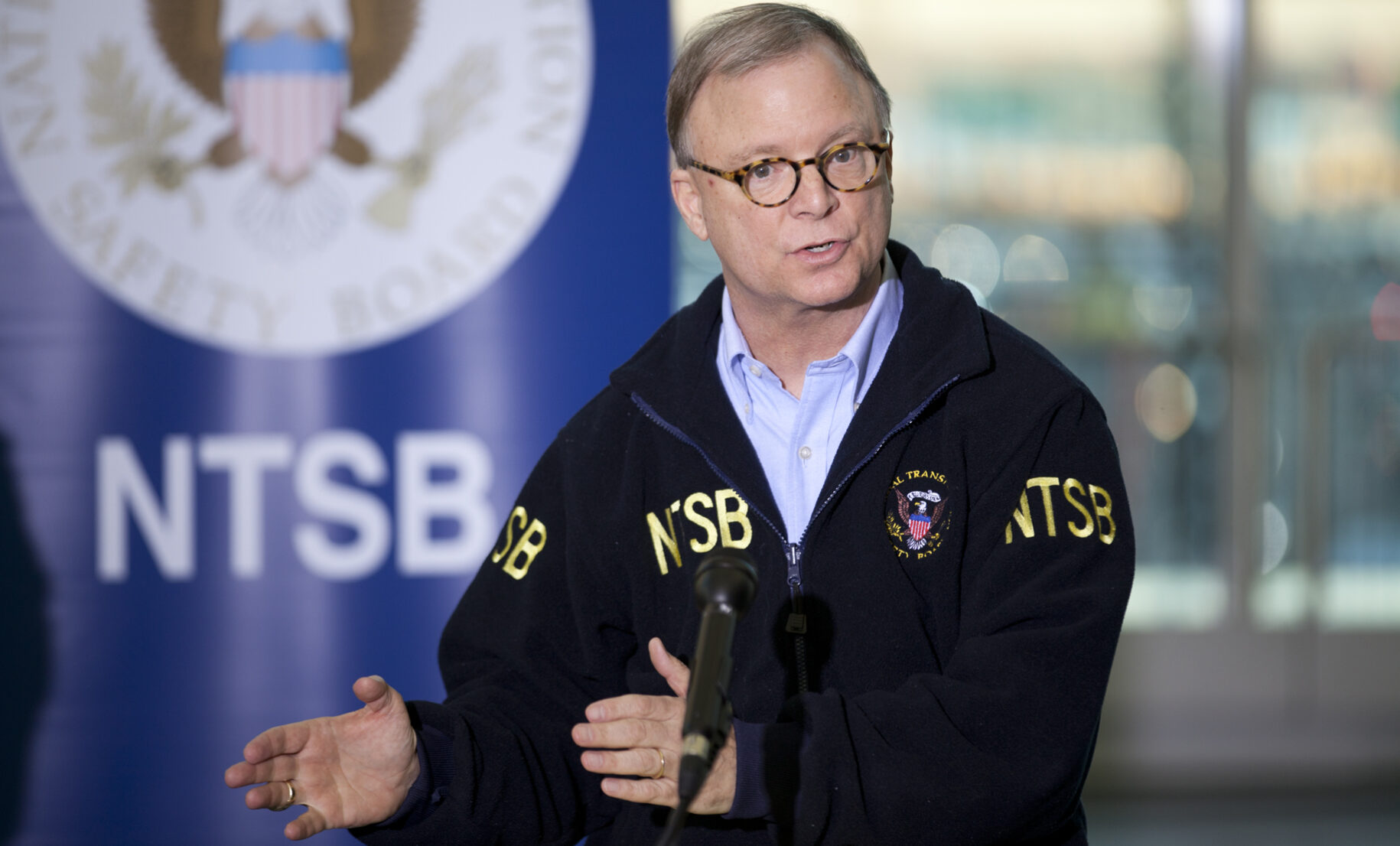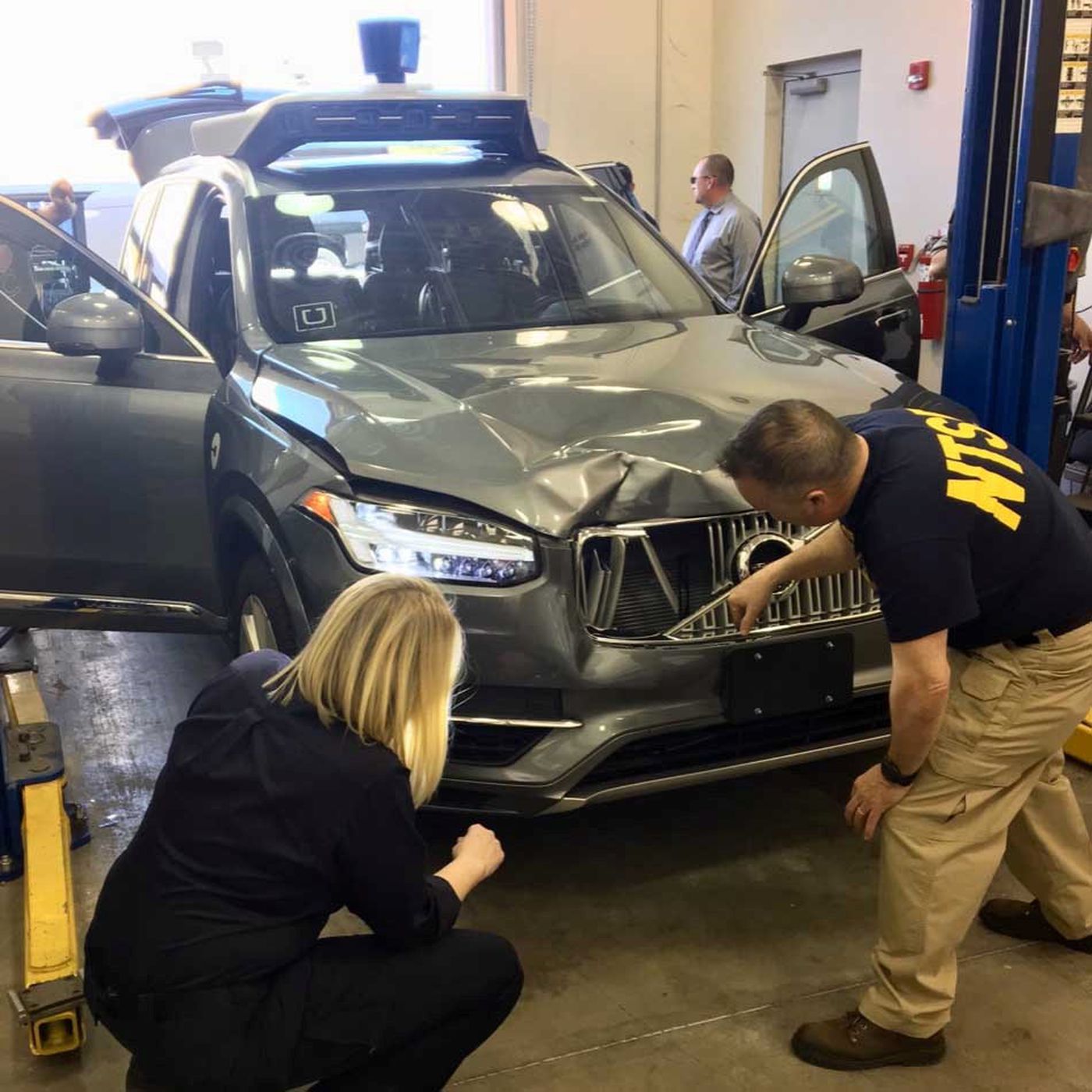The USA’s National Transportation Safety Board (NTSB) released the results of its investigation into the 2018 fatal Uber crash in Tempe, Arizona, which was widely believed to be the world’s first death by a self-driving car.
During a board meeting held to determine the probable cause of the 18 March crash, the NTSB said an Uber Technologies division’s “inadequate safety culture” contributed to the night-time fatal collision between an Uber automated test vehicle and a pedestrian. The vehicle operator was uninjured in the crash, while the pedestrian, 49-year-old Elaine Herzberg who was walking her bike across the street, died.
Uber’s Advanced Technologies Group had modified the striking vehicle, a 2017 Volvo XC90, with a proprietary developmental automated driving system. The vehicle’s factory-installed forward collision warning and automatic emergency braking systems were deactivated during the operation of the automated system. An Uber ATG operator was in the driver’s seat, but the automated system was controlling the vehicle when it struck the pedestrian at 39 MPH (62 km/h).
The NTSB determined that the immediate cause of the collision was the failure of the Uber ATG operator to closely monitor the road and the operation of the automated driving system because the operator was visually distracted throughout the trip by a personal mobile phone. Contributing to the crash was Uber ATG’s inadequate safety risk assessment procedures, ineffective oversight of the vehicle operators and a lack of adequate mechanisms for addressing operators’ automation complacency – all consequences of the division’s inadequate safety culture.
“Safety starts at the top,” said Robert L. Sumwalt, NTSB Chairman. “The collision was the last link of a long chain of actions and decisions made by an organisation that unfortunately did not make safety the top priority.”
The NTSB recommended that the NHTSA require entities wishing to test a developmental automated driving system on public roads to submit safety self-assessment plans before being allowed to begin or continue testing, and that the NHTSA should review the plans to ensure they include appropriate safeguards.


